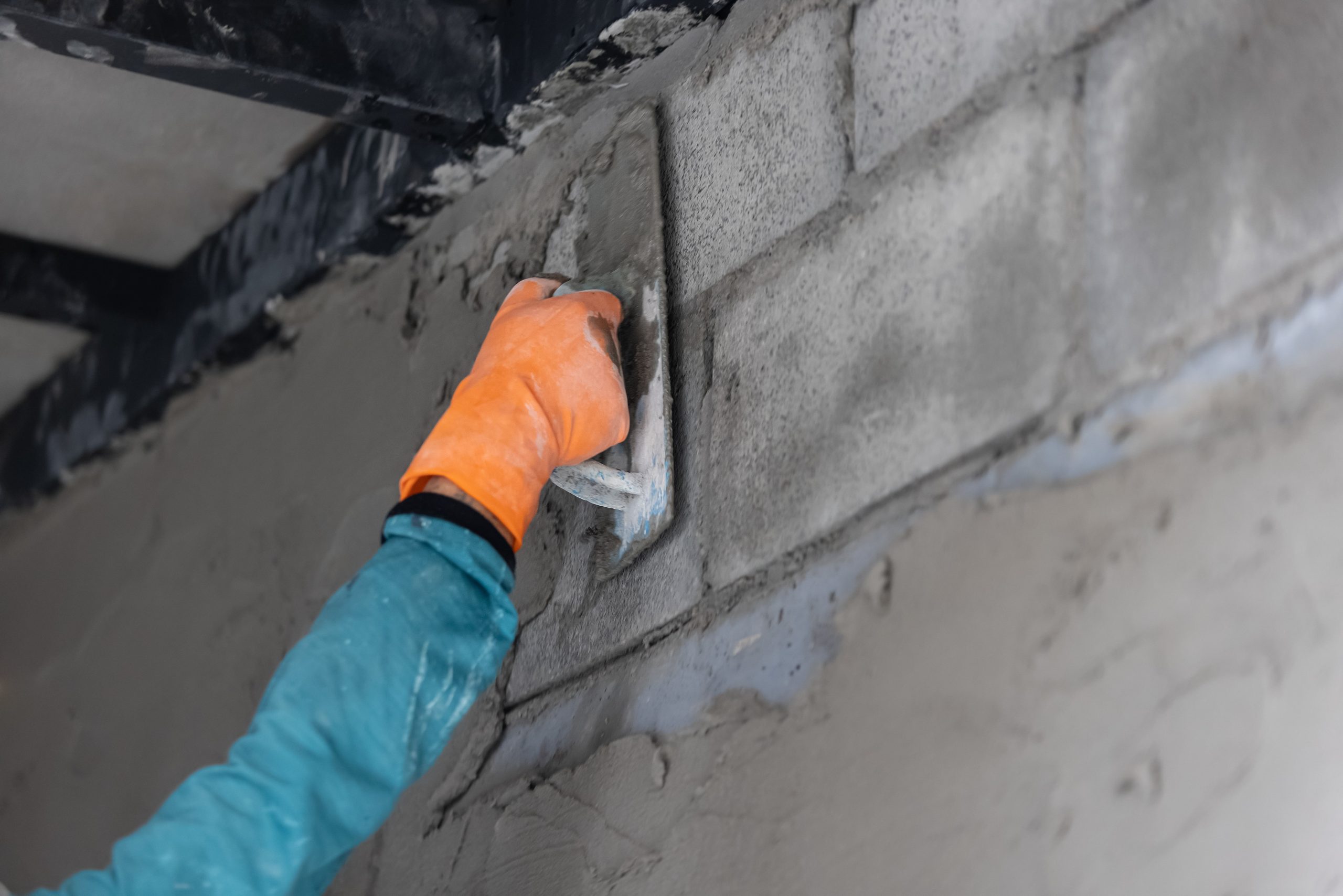Eastern North Carolina Important: COVID-19 Announcement.

Dealing with foundation problems without proper guidance can be daunting. Especially where numerous foundation repair solutions exist in the market. Understanding the need for timely foundation repair is the only way to ensure your home’s longevity and stability.
But, before you select the ideal foundation repair Raleigh solution for your home, it is important to identify the signs and their underlying causes. This guide explores various foundation repair methods to improve your property’s health.
The foundation is the most important element of any building. Needless to say, any damage to it can lead to catastrophic results, affecting your home’s structural integrity. This is why it becomes paramount to understand the need for foundation repair – identifying the signs & repairing at the earliest.
Understanding the importance of foundation repair goes beyond fixing cracks and levelling surfaces. It is about safeguarding your investment, ensuring the safety of your loved ones, and maintaining the value of your property.
The most common cause that leads to foundation problems is soil erosion and shifting. Soil erosion can happen due to heavy rainfall or poor landscaping practice. As a result, this can hamper the health of your building’s foundation.
Once the soil erodes, it creates empty spaces in the foundation, which affects the stability of the building in the long run.
Soil shifting and moisture changes can also aggravate your foundation problems. Soil shifting is caused by natural forces such as earthquakes or the expansion and contraction of clay soils.
Another common problem affecting your foundation is the poor drainage system and water accumulation. Inadequate drainage systems around the property can lead to water accumulation near the foundation.
Over time, this water can seep into the soil, causing it to expand and contract, resulting in foundation movement.
Poorly functioning gutters, improper grading, and water pooling around the foundation can contribute to these issues.
As we know, the weather keep changing, and these temperature changes could impact the foundation’s health.
In winter, the water freezes and expands in the soil, which creates pressure against the foundations. When the ice melts, the soil contracts, potentially leading to shifts in the foundation.
In summer, the soil shrinks and pulls away from the foundation that, causes cracks and settling in the foundation.
Similarly, prolonged periods of drought can cause the soil to shrink and pull away from the foundation, causing settling and cracks.
Foundation repair Raleigh methods play a critical role in maintaining the stability and integrity of a building’s structure. Various techniques are employed to address different types of foundation issues. This section will discuss the details of some common foundation repair methods and their applications.
Concrete piercing, or underpinning, involves installing concrete piers deep into the ground to support and stabilize a foundation. This method is particularly effective for addressing foundation settlement issues caused by shifting soil or poor compaction.
The process includes:
Concrete piercing is recommended when the foundation settles due to unstable soil conditions or poor foundation construction.
Slab jacking, mud jacking, or slab levelling is employed to lift and level sunken concrete slabs. This method is commonly used for concrete surfaces such as sidewalks, driveways, and basement floors.
The process involves:
Slab jacking is ideal for situations where soil erosion or settling has caused portions of concrete to sink.
Steel piers and beams provide additional support to a foundation experiencing structural instability. This method benefits homes built on expansive clay soils or areas prone to ground movement.
The process includes:
Steel piers and beams are advantageous for addressing foundation issues caused by poor soil conditions or excessive moisture.
Epoxy injection is a technique to repair cracks in concrete foundations and structures. It involves injecting epoxy resin into the cracks to seal them and restore the structural integrity of the concrete.
The process includes:
Epoxy injection is effective for preventing water infiltration and reinforcing the concrete structure.
Carbon fiber reinforcement is a modern method to strengthen and stabilize foundation walls. Carbon fiber strips are applied to the interior surface of the wall to provide additional support.
The process involves:
Carbon fiber reinforcement is particularly suitable for addressing foundation wall cracks and bowing caused by lateral pressure.
These foundation repair methods effectively solve various issues that can compromise a building’s structural integrity. The choice of method depends on factors such as the type of foundation problem, soil conditions, and the advice of experienced professionals.
You can trust Atlantic Foundation and Crawl Space Repair to safeguard your home’s foundation.
Atlantic Foundation and Crawl Space Repair is a prominent foundation repair company in Raleigh; they offer comprehensive solutions for various foundation and crawl space issues.
Atlantic Foundation and Crawl Space Repair bring a wealth of experience and knowledge. Their team of professionals understands the complexities of foundation repair, we will offer tailored solutions that address the root causes of your issues.